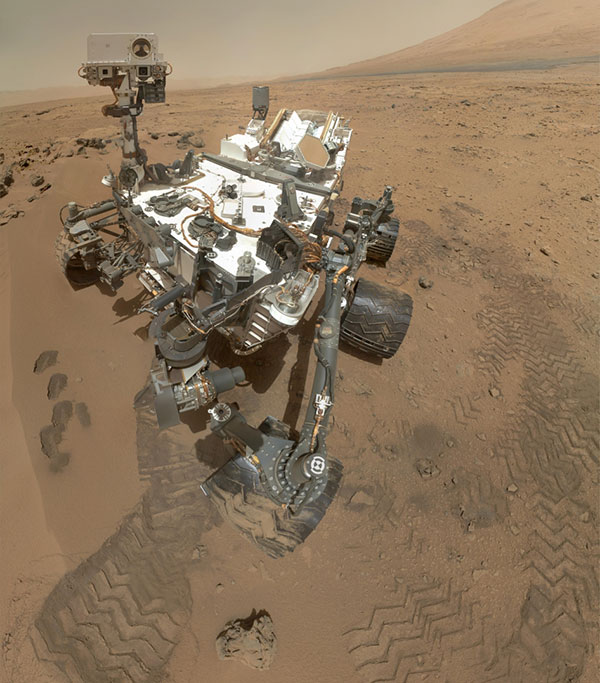Intro to Spherical (360°) Photography
Richard Rathe, 2016 (Technology)
I've always been fascinated by 360° spherical photographs (sometimes called mirrorballs, planets or wormholes
). These are some of the first photos I took with a Ricoh Theta S (basically a black slab with two 180° fisheye lenses pointing in opposite directions.

The raw photographs are similar to equirectangular maps where the equator is normal
and the poles are stretched. To prove this point I took a random map from the web and transformed it into a globe…

Here is the Theta S equivalent of the flat map above…
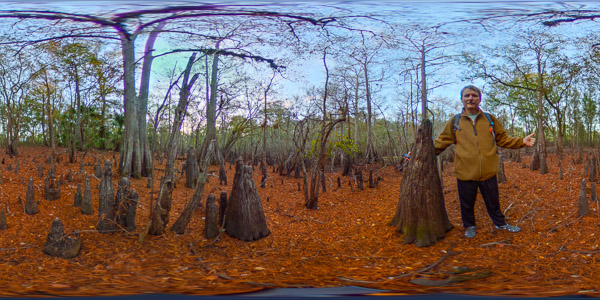
The camera is controlled from a smartphone, and comes with software to turn the flat image into a sphere (above), a planet, or a wormhole.
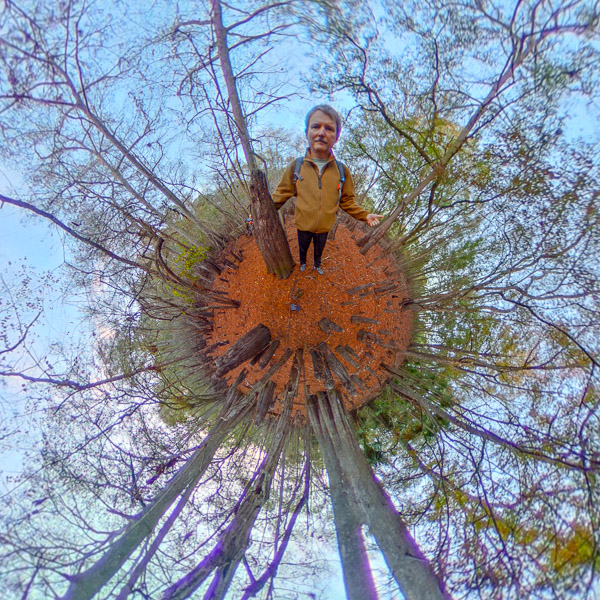
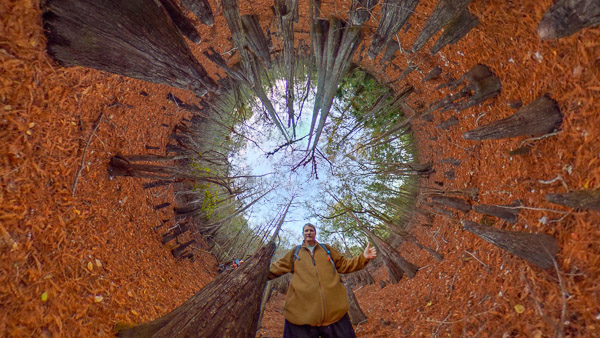
The photos above were taken with a special tripod that is mostly invisible. The camera does have a physical shutter release so it can also be used as a handheld. (Note the giant hand, but where's the camera?!)
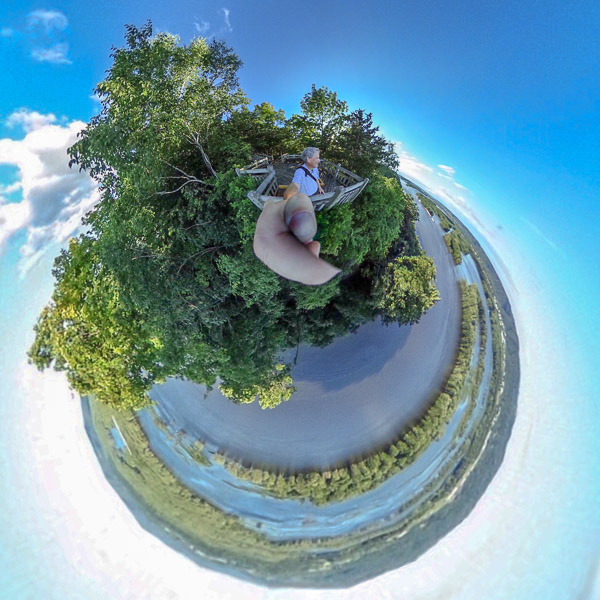
You can flatten the horizon for an ultra-wide angle panorama.
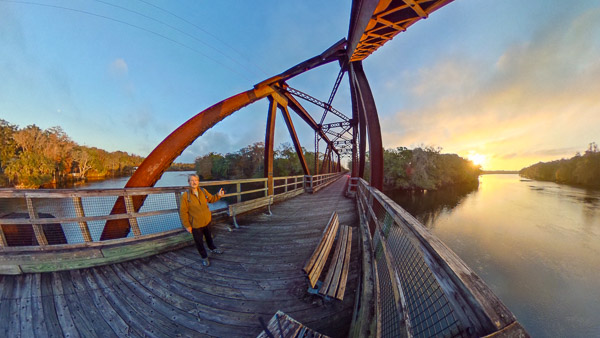
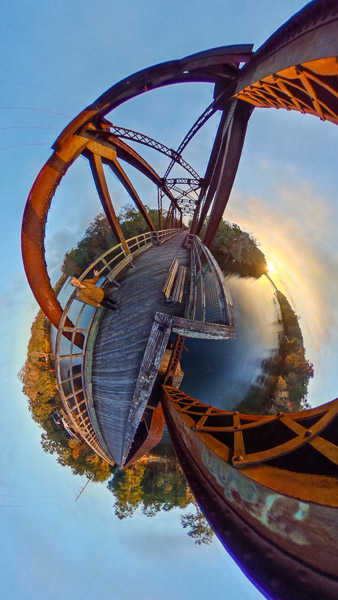
The tripod conveniently fits into the mast step on my kayak.
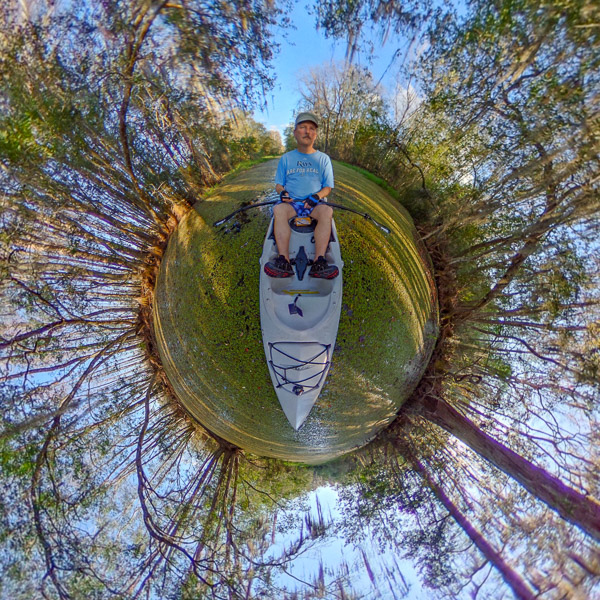
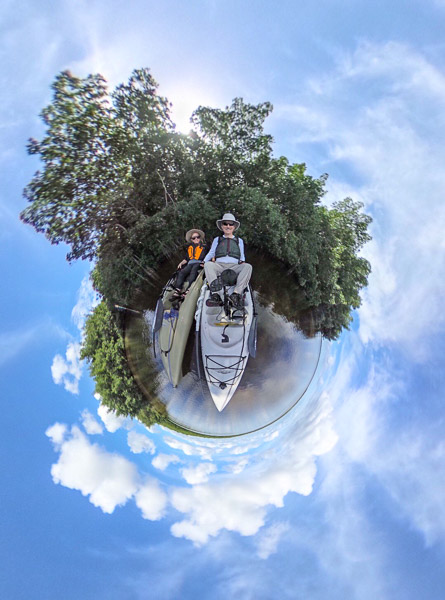
Trim the top and bottom of the raw image and you have a conventional panorama that spans 360°…
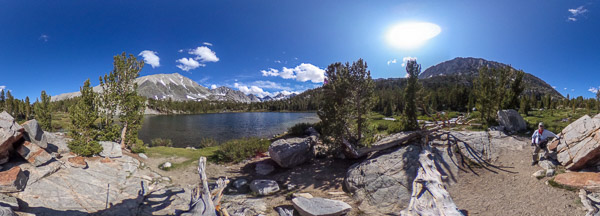
I finally understand how these Mars Curiosity self-portraits are possible. Again, where’s the camera?!
